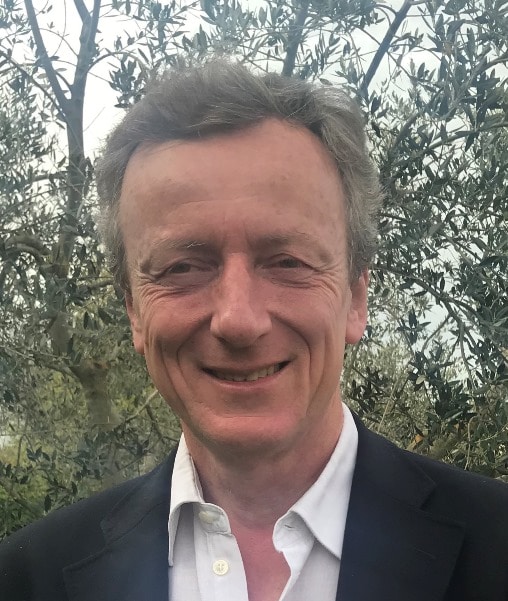Battiston Roberto

Roberto Battiston was born in Trento in 1956. He graduated in Physics from the Scuola Normale in Pisa and obtained his doctorate from the University of Paris IX, Orsay. Since 1992, he has been a full professor of Experimental Physics at the Department of Physics of the University of Trento. Alongside his research activities, he is also involved in scientific outreach through books, interviews, and participation in events.
Author of over 460 articles published in international journals, for over 35 years he has been engaged in internationally renowned research projects in the field of experimental physics of fundamental interactions: strong and electroweak interactions, antimatter and dark matter research in cosmic rays. He has coordinated large and complex scientific projects in the field of accelerator physics at CERN, Stanford, and in space. In particular, together with Nobel laureate Samuel C.C. Ting, he coordinated the development of the experiment for antimatter research installed on the International Space Station (AMS). He contributed to the realization of the Italo-Chinese satellite LIMADOU-CSES for the study of seismic phenomena from space.
He is also involved in the development of magnetic systems for the protection of astronauts during prolonged stays in space and the development of innovative propulsion methods based on laser light ablation.
He served as the President of the Italian Space Agency (ASI) for a four-year term (2014-2018), representing Italy in Italian, European, and international space contexts.
He frequently speaks on the topic of space exploration and the space economy in numerous interviews for major Italian media outlets. Since 2019, he has been the European Parliament delegate in the Council of EUSPA, the European Union Agency for Space Programmes.
Since 2012, he has dedicated himself to writing essays and popular science books to communicate science to the general public. In 2019, with Rizzoli, he published “La prima alba del cosmo”, where he reveals some of the secrets of the universe from the Big Bang to the present day. In 2020, the year the COVID-19 pandemic began, he, along with many other physicists, worked to understand epidemiological dynamics.
He is actively involved in scientific outreach, having had a monthly column in “Le Scienze” magazine for a long time, and regularly contributes to major national newspapers. He has organized various international conferences dedicated to space science and advanced technologies (Trento 1999, Elba 2002, Washington 2003, Beijing 2006, CERN 2012, Rome 2019, 2020, 2021).










